Tiangong's robotic arm performs well in test
China's Tiangong space station conducted a test using its robotic arm to reposition the Tianzhou 2 cargo spaceship on Thursday morning, according to the China Manned Space Agency.
In a statement, the agency said that the arm secured the robotic cargo craft early on Thursday morning and began to move it to a new position at 6:12 am. Tianzhou 2 had been connected to the station's Tianhe core module and was undocked before the test started.
After moving the ship to a predetermined position, the arm reversed the maneuvers to bring it back to its original position. Tianzhou 2 re-docked with Tianhe, finishing the 47-minute test at 6:59 am.
According to the agency, the test achieved its goal of verifying the repositioning procedure and the devices designed for arm-enabled operations, and provided additional experience that will be used in the next steps of Tiangong's construction in orbit.
Upon its completion at the end of this year, Tiangong will consist of three main components-a core module attached to two space labs-and will have a combined weight of nearly 70 metric tons. The station is scheduled to operate for 15 years in a low-Earth orbit about 400 kilometers above the planet.
Six launches will be made this year to deploy the Shenzhou XIV and XV mission crews to the Tiangong station, to transport Tianzhou 4 and 5 robotic cargo spaceships to the station for refueling and resupply operations, and to send two large space labs to dock with the station.
The first of the six to be launched will be Tianzhou 4, which will be followed by the Shenzhou XIV manned spacecraft. Then the two space labs-Wentian, or Quest for the Heavens, and Mengtian, or Dreaming of the Heavens-will be launched into space to complete the station. The fifth to be launched will be Tianzhou 5, and the final one will be Shenzhou XV.
Pang Zhihao, a spaceflight researcher in Beijing who worked at the China Academy of Space Technology for decades, said the test was mainly intended to make technical preparations for the in-orbital docking between the Tianhe module and the two space labs.
"The test has been the first time for China to use a mechanical arm to reposition a spacecraft. It would serve as a trial run of related technologies, equipment and processes that will be involved in the space labs' docking operations, which will be sophisticated and demanding," he said.
According to the researcher, who has abundant knowledge of the Chinese space station program, the robotic arm on Tianhe is 10 meters when fully extended. It has several motorized joints, which allows it to act like a human arm to the maximum possible extent.
He said the apparatus can reach many parts of the Tianhe module, and it is able to handle payloads with a combined weight of 25 tons.
 最新热点
最新热点
-
阿富汗北部发生6.3级地震 首都震感明显
阿富汗北部发生6.3级地震 首都震感明显
最新热点新华社喀布尔11月3日电(记者张艺缤 胥舒骜)据美国地质调查局地震信息网消息,阿富汗当地时间3日0时58分(北京时间3日4时28分),阿富汗北部巴尔赫省胡勒...
-
独家视频丨习近平乘车抵达庆州博物馆 韩国总统热情迎接
独家视频丨习近平乘车抵达庆州博物馆 韩国总统热情迎接
最新热点当地时间11月1日下午,韩国总统李在明在庆州博物馆为中国国家主席习近平举行欢迎仪式。 总监制丨申勇 监制丨龚雪辉 记者丨史伟 王鹏飞 邢彬...
-
视频丨李在明回答总台记者提问:致力于加强与中国合作
视频丨李在明回答总台记者提问:致力于加强与中国合作
最新热点11月1日,韩国总统李在明在亚太经合组织领导人非正式会议结束后举行记者会,介绍会议成果。在回答中央广播电视总台记者提问时,李在明表示,中韩经济合作至关重...
-
视频丨APEC秘书处执行主任:期待会议上的中国声音
视频丨APEC秘书处执行主任:期待会议上的中国声音
最新热点10月31日,亚太经合组织(APEC)第三十二次领导人非正式会议将在韩国庆州举行。近日,总台记者专访APEC秘书处执行主任佩德罗萨,并梳理了一份会议看点...
-
独家视频丨习近平会见加拿大总理卡尼




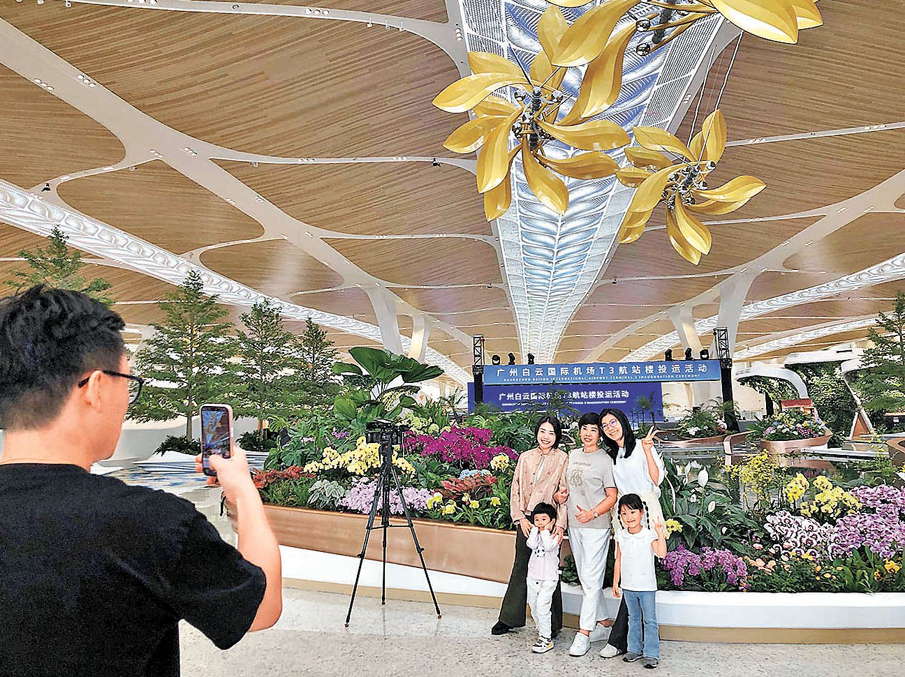


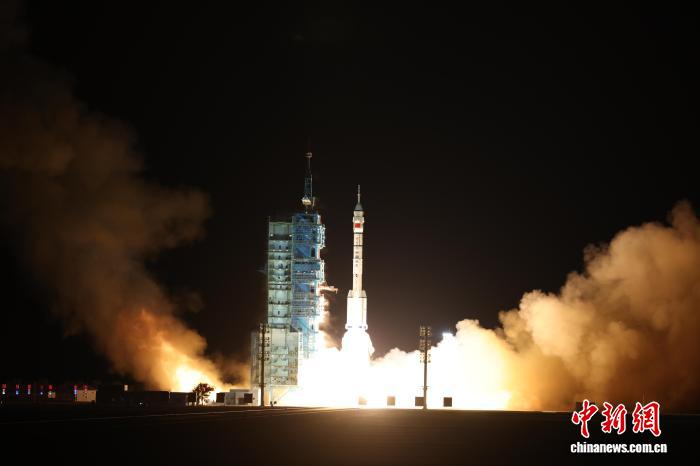

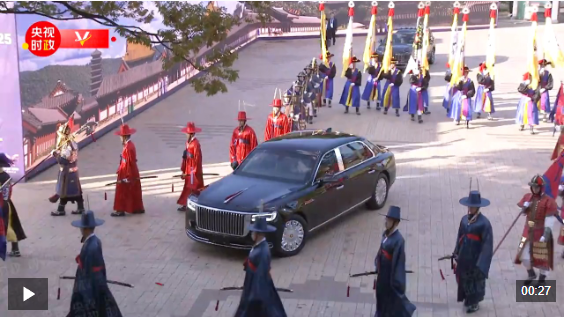
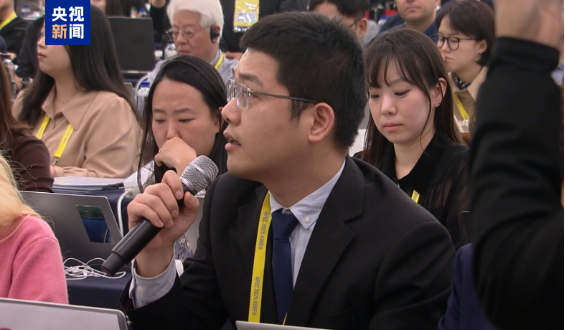

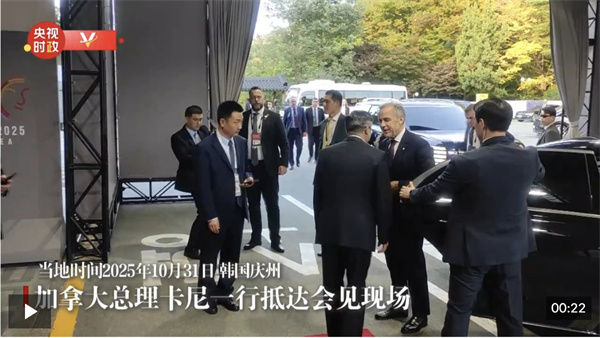


 中国央行:前三季度工业中长期贷款保持较快增长
中国央行:前三季度工业中长期贷款保持较快增长
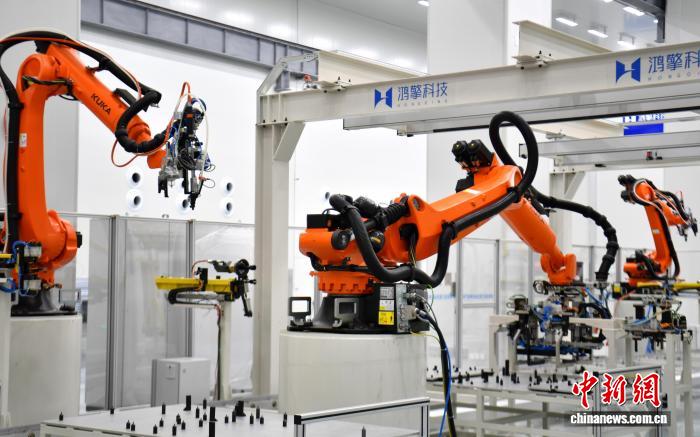 首颗“雄安造”卫星完成生产下线
首颗“雄安造”卫星完成生产下线
 中国生成式人工智能用户规模达5.15亿人
中国生成式人工智能用户规模达5.15亿人
